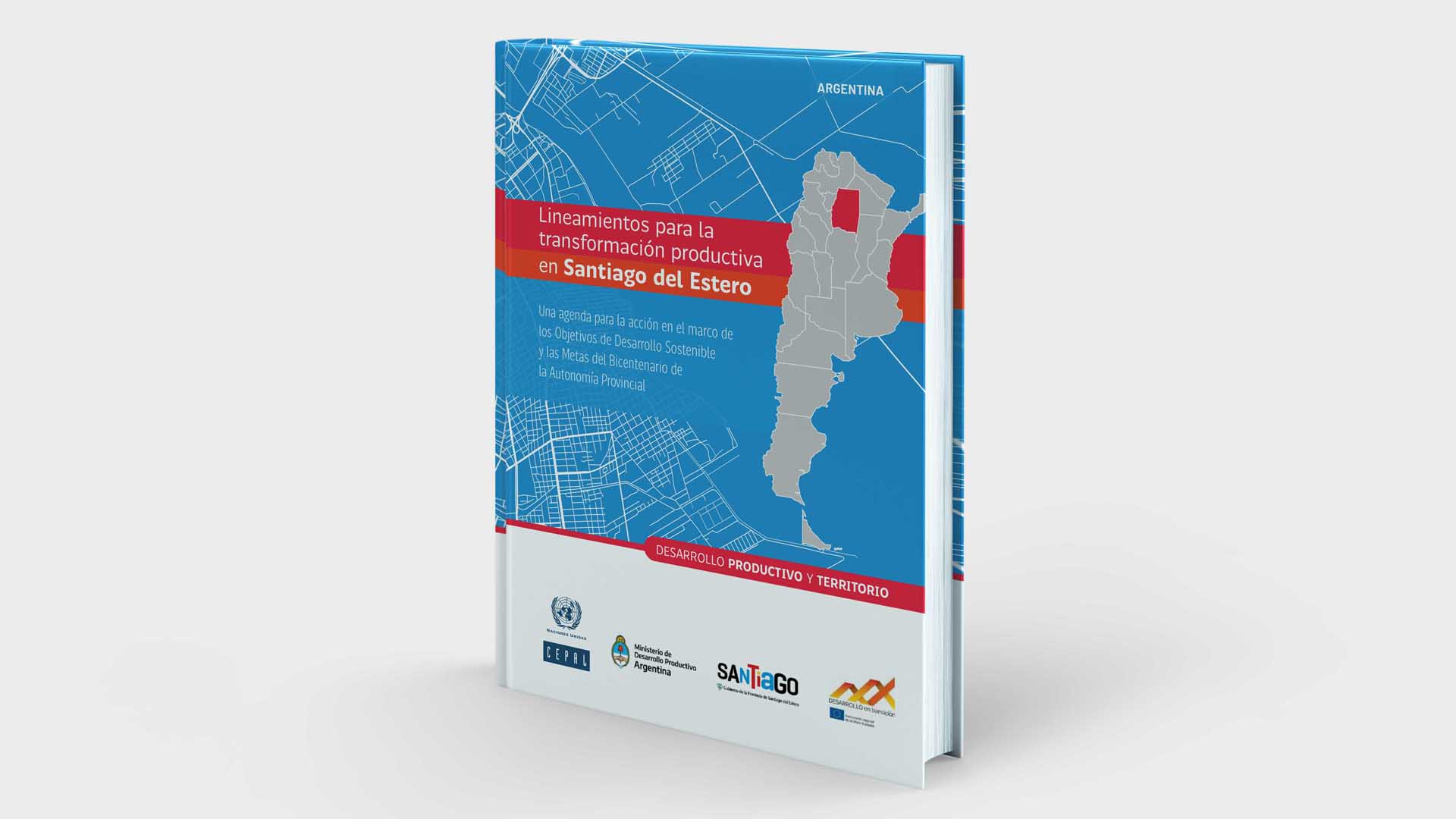Announcement
The document Guidelines for Productive Transformation in Santiago del Estero (in Spanish only), presented recently by the office of the Economic Commission for Latin America and the Caribbean (ECLAC) in Buenos Aires, Argentina, is the product of joint work by national authorities and officials from Santiago del Estero province and was developed in collaboration with ECLAC in the framework of the project “Productive development and spatial heterogeneity in Latin America: Institutions and Capacity Development in the Planning and Implementation of Regional Production Policies,” which is supported by the European Union.
The presentation event took place in early August at Argentina’s Ministry of Productive Development and featured the presence of the Governor of Santiago del Estero, Gerardo Zamora, along with the Nation’s Minister of Productive Development, Matías Kulfas.
The study lays out the results of significant fieldwork, which involved a broad spectrum of key informants linked to the development of productive and technological activities, including intermediate institutions, science and technology entities, the private business sector and social organizations.
The document identifies the main opportunities for productive transformation available to the Argentine province of Santiago del Estero – which would increase the competitiveness of local production and create more quality employment – grouping them around three productive strategies.
The first strategy is focused on recovering the province’s traditional capacities based on improvements in the quality and productive efficiency of cotton production, horticultural activity, and beef and goat meat production. Many of the province’s traditional activities, which have deep historical roots in the territory, have tended to retract in recent decades. Taking advantage of the significant room for improvement that these activities have would allow Santiago del Estero to recover the social and productive articulation that was lost.
The second strategy seeks to strengthen latent productive capacities in the territory and productive diversification in activities related to those already existing in the production of textiles, timber, food, pork, and beekeeping.
The third one involves new activities, not linked to the province’s traditional productive system, such as tourism, alternative energies, mining and those related to the knowledge economy. The development of these activities entails building new capacities, which are subject to overcoming certain thresholds – such as infrastructure – and involves a qualitative leap from the preexisting productive matrix, which means that its execution, unlike the preceding two levels, implies a longer time frame.
The study indicates that, beyond the structural constraints that the province has faced historically, such as its water deficit or the population being highly dispersed throughout the territory, Santiago del Estero has important productive capacities, a science and technology infrastructure that is increasingly extensive, and valuable experience from developing distinct activities that have a long tradition in the province and that constitute a promising starting point for a strategy that seeks to drive the productive transformative of its territory.


